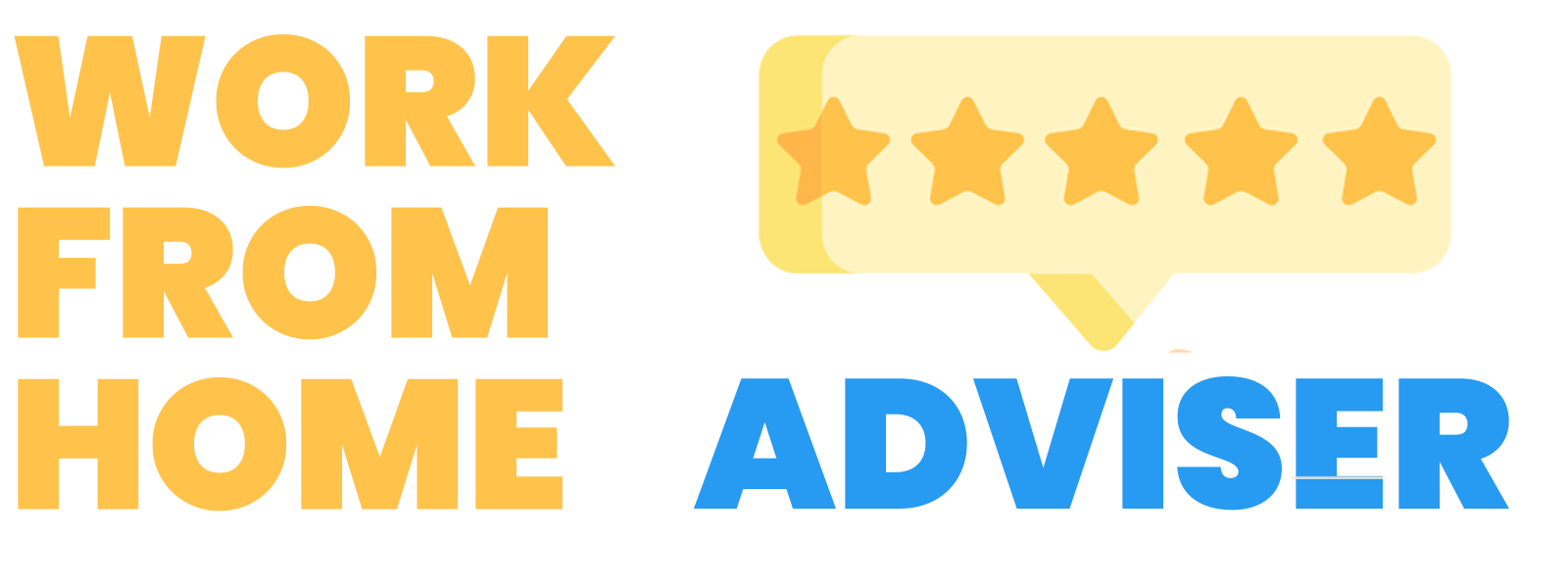I lived in New York City during the Covid pandemic. The subsequent shut down of the entire city changed how I view networking.
I want to share my perspectives with you. The CEO of Google once stated “it’s not what you know, it’s not who you know…it’s who knows you.”
Advice like that is worth listening to.
Throughout my career I have uncovered a few other truths pertaining to networking and I want to now share those lessons with you.
Grab a seat because there is some time tested guidance that follows. In particular if you want to be better at working from home, this will help.
I love living in NYC (and moved there) because my peers, clients, and company are based there.
I am attracted to the diversity of the city and the myriad of networking opportunities. These included panel discussions, conferences, social mixers, etc. that it had to offer. Now that in person events no longer exist, it’s time to reinvent the future of networking.
My company, like most other companies that are able to do so, has transitioned to fully remote work. We will remain remote for the foreseeable future. How I meet new people and build relationships with them in the digital era of networking is different from the pre-covid world.
As a technology investor, much of my job is dependent upon my network. I need to connect startups with investors, build relationships with co-investors, and build partnerships with organizations that want to collaborate on sector specific accelerator programs.
Meeting new people virtually is hardly a new concept, but we’ve expanded from meeting people online for purely social reasons to meeting people for business reasons too.
In the era of AOL dial-up internet, it was easy to meet new people in virtual chat rooms but everyone was able to hide beyond the relative anonymity of a screenname and text only version of themselves.
While these interactions offered the thrill of talking to strangers on the internet, it was also difficult to build trust since there was almost no chance of ever meeting someone in real life.
As social networking has exploded, people have shifted to more interactive ways to meet new people through interactive gaming and other online experiences. People are also more open to blending their virtual lives with their physical lives, shedding personas more easily. One side effect of this phenomenon is that building business relationships virtually has become more acceptable.
It definitely hasn’t been easy to make this shift, especially so rapidly, but as technologies evolve beyond pure video calls and begin to incorporate features like avatars, virtual worlds, and chat roulette elements, it is becoming a bit more fun to meet new people online.
Here are 9 things I have learned about how to network remotely.
Use your existing network to build new relationships.
I have a love-hate relationship with LinkedIn. But I still believe it’s the best tool that currently exists for building and maintaining a Rolodex of business connections. It is easier than ever to connect with new people. This is especially true that most people are stuck at home and not trying to squeeze networking meetings or calls in between work travel and family time. If you want to connect with someone new, do research. Check to see your connections. Then ask your connection to facilitate an introduction.
There are more opportunities to meet relevant people now.
With everything shifting from in person to virtual, it’s easier than ever to connect with people. This is true for those in people in particular who you have not been able to reach. This is because many events and conferences – difficult to attend due to cost or geography – have now migrated online and in some cases become free. While before you might have had to wait in a huge line to shake someone’s hand and give them your elevator pitch, now the playing field has leveled, and it has become a lot simpler to form connections during a virtual event, especially when the event includes small group breakout rooms or opportunities to connect with attendees one on one.
Use virtual social events as an opportunity to expand your network.
Virtual conferences or networking events aren’t the only way to meet new business contacts. There are also lots of social events that have moved online and offer a different way to build your network. Many colleges and universities, for example, are now hosting virtual events for their alumni in lieu of in person events.
These events showcase the career paths of alumni who are more established in their careers. This allows alumni to share their skills and talents with others by hosting cooking classes and other online learning events, and to help alumni meet other people within their specific industry. Prior to the pandemic, these types of events attracted early career alumni. But the shift to remote events has expanded the diversity of attendees and offered opportunities to meet new people in a more casual setting, such as over virtual drinks or through participation in an online activity such as a game.
Cold outreach still works.
If you’re really interested in meeting someone, don’t be afraid to email them a succinct but compelling message. You never know where it might lead. Make sure you demonstrate in the email why you want to speak with that person, what value you can bring, and include a specific ask that is easy for the person to fulfill. Most people want to help, but they can’t do so if you aren’t clear about what you are looking for. Keep in mind the saying “If you want money, ask for advice, and if you want advice, ask for money.” It’s also helpful to start by mentioning something personal that you both have in common as an icebreaker. If you can’t figure out their email address, you can always try sending them a LinkedIn message instead.
Follow-up is key.
If cold outreach fails, don’t get discouraged. However, the most overlooked part of networking is follow-up. I will often get cold emails during a busy work week that I don’t get the chance to respond to – that doesn’t mean I’m not interested in being helpful.
It is crucial to follow up with someone at least three times before concluding that they aren’t interested in connecting or aren’t able to prioritize the connection at that time.
If you do end up meeting someone virtually, make sure to follow up with them on any action items that were discussed during the call within 48 hours while you are still top of mind (ideally within 24 hours). Also, make sure you add everyone you connect with virtually to LinkedIn so you can keep in touch and reach out for introductions to people in their network when needed.
Use social networking platforms to meet other people.
Twitter, Facebook, and other social media platforms are great ways to engage in a conversation around topics that are relevant to you. These tools can enable you to build relationships with others in your industry in a more organic way that doesn’t feel like networking. Twitter allows you follow industry leaders you admire and contribute your opinion to issues facing your industry in real time. Facebook has tons of groups that you can join to connect with others who have common interests. Many communities of people with similar interests or affiliations have formed Slack groups as a way to share company news. Or articles and other relevant information. Other organizations like Meetup.com, which used to focus on in-person gatherings, have helped organizers transition their groups to online events.
Figure out what communication type someone prefers.
Email and LinkedIn are the traditional ways to correspond with business contacts. But they are rarely the most efficient methods of communication. This is in particular true once you know someone better. Texting, for example, is often a simple way to reconnect with someone or to get a quick question answered.
Time zones matter.
When building your network, you might be in a different time zone from the other person. You should cater to their time zone whenever possible. This may mean agreeing to a call that’s super early or super late for you. Being willing to accommodate someone else’s time zone is classy. Especially when you don’t know the person, you can show that you are committed to the conversation. And that you are thoughtful!
Start with video if possible.
In the era of Zoom fatigue, it’s still best to start off with a video call with your camera on. This is in particular of value when you don’t know someone very well. This help you put a face to a name and helps you pick up on context clues regarding body language. Being forced to pay attention helps minimize distractions and also allows you to take better notes that which will help when you go to follow up with the person. Once you get to know someone better, you can switch to phone calls since you have already established a solid foundation with that person.
As you have seen, there are several advantages to networking remotely. It’s easier to connect with people. And these people are more likely to be receptive to it because they aren’t traveling as much. It’s a welcome diversion from being cooped up at home, and perhaps most importantly, it can be fun.
Another perk of networking remotely is that you don’t have to worry about losing someone’s business card. And you don’t have to follow-up after a trip or event. Instead you can focus on really getting to know someone and then growing that relationship over time. It’s also something that everyone has to learn to do now. That learning curve is a good way to bond with new people.
The pandemic won’t last forever.
Now is the time to build good networking habits. This behavior will change how you build and maintain business relationships and help you to expand your network effectively.






